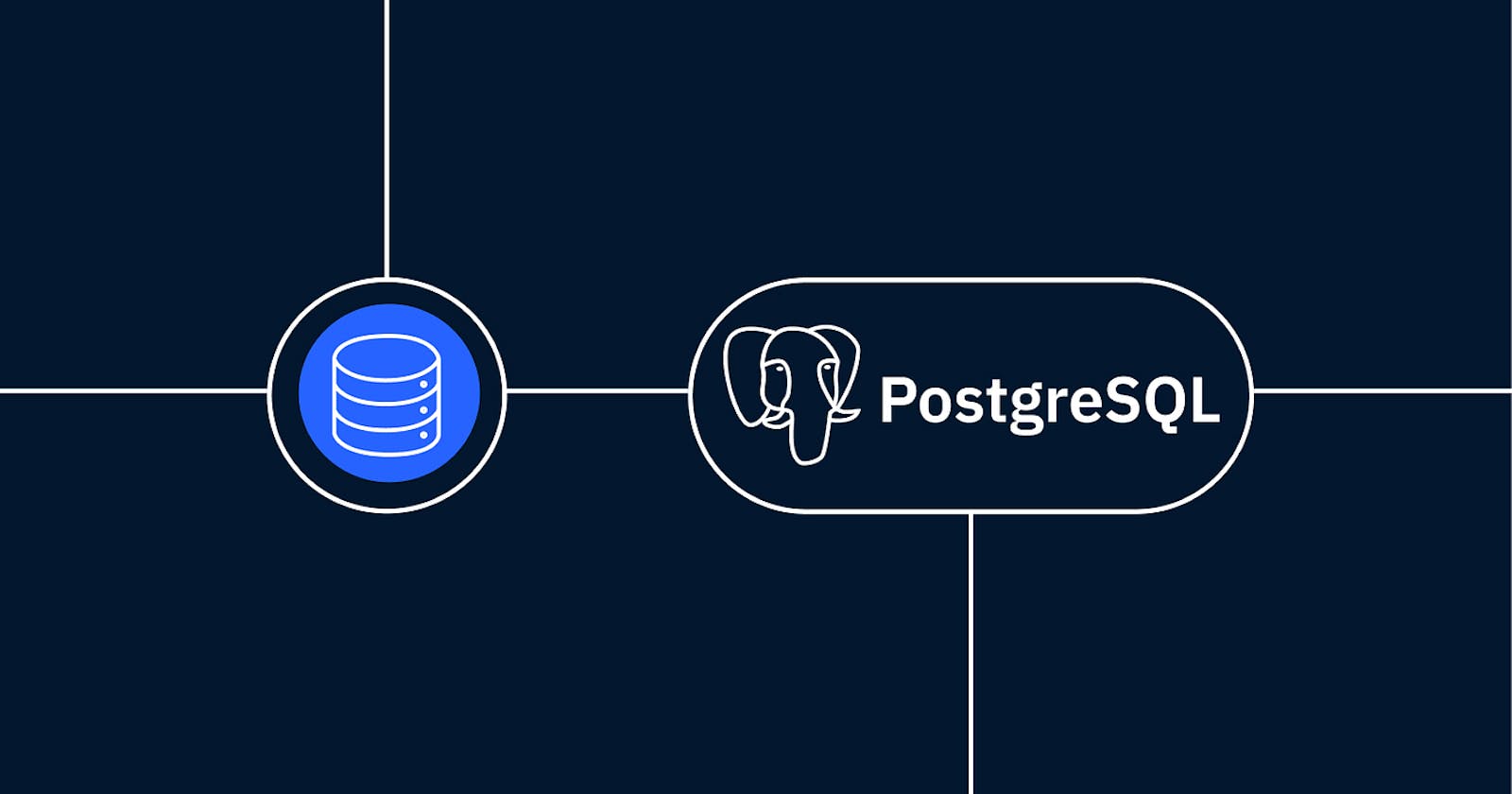Table of contents
One of the notable features of PostgreSQL is its ability to create identity columns. An identity column is a column that automatically generates unique values for each new row inserted into the table. In this blog post, we'll explore how to create an identity column in a PostgreSQL table using the ALWAYS AS IDENTITY syntax, along with practical examples to demonstrate the process.
Understanding Identity Columns in PostgreSQL
An identity column, also known as a auto-incrementing or serial column in other databases, is a column that automatically generates a unique value for each new row inserted into the table. It simplifies the process of assigning sequential or unique identifiers to records without requiring any external intervention. PostgreSQL introduced the GENERATED feature in version 12, allowing users to create identity columns with the ALWAYS AS IDENTITY syntax.
Syntax for Creating an Identity Column
The syntax for creating an identity column using ALWAYS AS IDENTITY is as follows:
CREATE TABLE table_name (
column_name data_type GENERATED ALWAYS AS IDENTITY
);
table_name: The name of the table where the identity column will be added.column_name: The name of the column that will serve as the identity column.data_type: The data type of the identity column.
It's essential to note that the ALWAYS AS IDENTITY option ensures that the identity property is always enforced, meaning you cannot explicitly insert values into the identity column.
Examples of Creating Identity Columns
Example 1: Creating a Simple Identity Column
Let's create a simple table named employees with an identity column employee_id of data type BIGINT.
CREATE TABLE employees (
employee_id BIGINT GENERATED ALWAYS AS IDENTITY
);
Now, whenever a new row is inserted into the employees table without specifying a value for the employee_id, PostgreSQL will automatically generate a unique identifier for that column.
Example 2: Creating an Identity Column with a Seed and Increment
You can also specify a seed value and an increment value for the identity column. Let's create a new table called orders with an identity column order_id of data type SERIAL starting from 100 and incrementing by 5 for each new row.
CREATE TABLE orders (
order_id SERIAL GENERATED ALWAYS AS IDENTITY (START WITH 100 INCREMENT BY 5)
);
In this example, the first row inserted will have order_id as 100, the next row will have 105, then 110, and so on.
Example 3: Adding an Identity Column to an Existing Table
Suppose you have an existing table named customers, and you want to add an identity column named customer_id to it. You can use the ALTER TABLE statement to achieve this:
ALTER TABLE customers
ADD COLUMN customer_id BIGINT GENERATED ALWAYS AS IDENTITY;
The customers table will now have a new identity column customer_id, and PostgreSQL will automatically populate it with unique values for existing and new rows.
